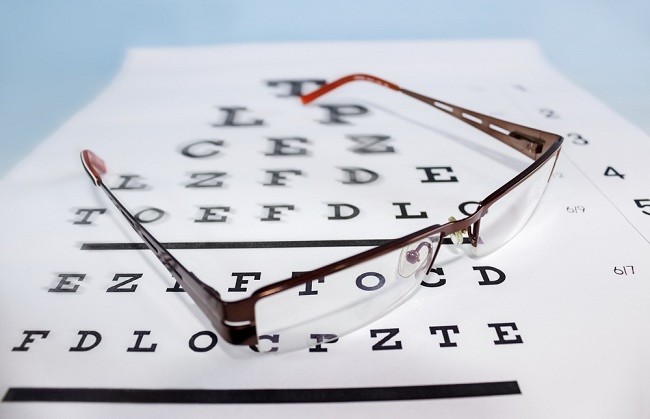Slanted eyes are one of the common physical characteristics that can be used for distinguish one person from another. But who would have thought, it turns out slanted eyes or small greedy can be an indicator of the possibility of disease or certain medical conditions.
The shape of a person's eyes is determined by the upper and lower eyelids. The corner of the eye that is close to the nose may be covered by skin from the upper eyelid. This skin covering is called the epicanthic fold. This fold makes the eyes appear narrower. This is normal in people of Asian descent.

Various Causes of Slanted Eyes
However, in some cases, slanted eyes can be a sign of certain medical conditions. The following are some conditions or diseases that can cause slanted eyes:
- Down syndromeDown syndrome is a genetic disorder characterized by physical abnormalities and delayed body growth. Slanted eyes, a small mouth with a protruding tongue, a flatter back of the head, only one stroke on the palm, and a newborn's body weight and length that are less than normal are the common physical characteristics of people with this syndrome. Down syndrome is caused by a genetic abnormality on chromosome 21.
- Fetal alcohol syndrome(fetal alcohol
Babies with this syndrome generally have slanted eyes with large folds of skin over the eyes, a small upper jaw, a small head, and a thinner upper lip. His limb coordination was poor and his muscle mass was shrinking. The growth and development of babies with this syndrome tends to be slow, both while still in the womb, and after birth. Babies with alcohol syndrome can also suffer from congenital abnormalities in their organs, including the heart, kidneys, bones, and ears.
- Myasthenia gravis (MG)Myasthenia gravis is an autoimmune disease that attacks nerve and muscle tissue, causing skeletal muscles to not function properly. This occurs because of a disturbance in the transmission of nerve signals to muscle fibers. One of the clinical signs of MG is drooping of the eyelids so that the eyes look slanted. Patients can also find it difficult to lift objects or walk, have difficulty speaking, have difficulty swallowing and chewing, often feel tired, and experience double vision.
- MicrophthalmiaMicrophthalmia is a developmental disorder of the eye that occurs in the fetus. This disease makes both or one eye small. In addition to being small, the eye usually has an abnormal anatomy (structure). Patients can experience blindness. This condition can be suspected to occur because the baby has an infection or exposure to toxic substances while in the womb. In some cases, microphthalmia is associated with fetal alcohol syndrome (fetal alcohol syndrome). Microphthalmia can also be caused by genetic disorders.
- OphthalmoplegiaOphthalmoplegia is a condition of weakness or paralysis of the eye muscles. Patients with this disease have difficulty directing their eyesight or moving their eyelids so that their eyes look slanted. The muscles of other organs in the patient's body can also become weak. This condition can be inherited (genetic) or arise due to other causes, such as stroke, brain tumor, severe head injury, migraine, thyroid disease, or infection.
- NanophthalmosNanophthalmos is a condition in which the eye size is very small due to a rare genetic disorder that causes disturbances in eye development. The word 'nano' itself comes from the Greek which means 'small'. In contrast to the microphthalmic condition which experienced structural abnormalities, the nanophthalmos condition usually did not experience structural abnormalities.
If you are not a normal breed with slanted eyes, consult a doctor if you notice an epicanthus crease on your child's eyelids, or if his eyes appear slanted/small. Not only in infants, beware of slanted eyes that occur as adults, especially if slanted eyes are accompanied by visual disturbances or difficulty moving the eyes.









